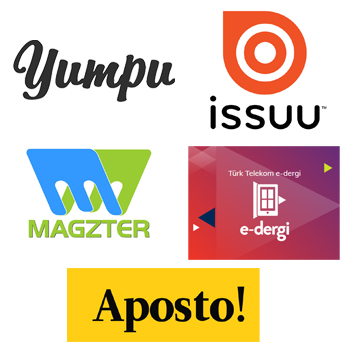 Easy handling, automated work processes and high quality results are the demand that today’s modern production plants have to face up to.
Easy handling, automated work processes and high quality results are the demand that today’s modern production plants have to face up to.
Due to customer requests becoming increasingly individual, however, flexibility is indispensable. Laser systems for cutting, engraving and marking are meanwhile being used efficiently across all sectors of industry, both for short runs and for industrial mass production runs. Especially the touchless processing through the laser beam and the therewith related non-deforming cutting as well as the high precision are crucial arguments for the use of laser technology.
Thanks to the range of customers who use textiles for a variety of applications, technology in this sector is constantly being refined. Particular attention has been paid in this to the development of automation functions to make the processing more effective, and thereby more economical. Various feed systems enable fully automated processing of the textiles direct from the roll. Unwinding, cutting, winding and software driven optimisation are now standard. Modern nesting functions enable savings in material of up to 25% through careful placement of the individual cutting patterns. This fully automated process means that production can continue around the clock, seven days a week, and the full potential of the laser cutter will be exploited. By using this automatic material feed, textiles can be fed for laser cutting directly from the roll and routed after laser cutting directly to a table extension. With a high degree of connecting accuracy after a material feed cycle, sections, which for all practical purposes are endless, can be produced. The bale material is fed via an automatic feeding unit. A feeding system edge controller ensures accurate positioning of the material.
By taking synthetic fibres into account, there could be, on demand, a fusion of cutting edges. This method could offer practical features for further processing, for instance defined cutting edges which do not fray and which are lint-free. With the 3XL-3200 of the ‚New Generation‘, it is now possible to handle textiles with a width of up to 3.210 mm.









